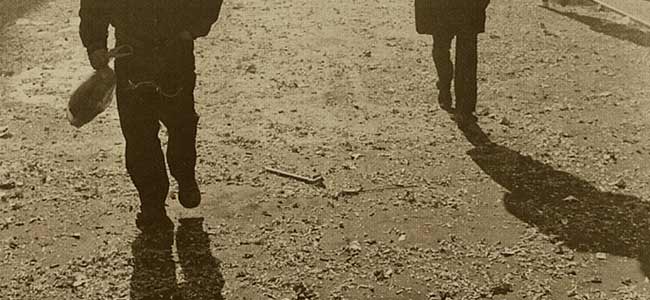
About the Project
The Museum of Chinese in America (MOCA) will bring the Museum's unique archival collections together with pioneering multi-media technology to create an innovative, new vehicle for community documentation, interpretation, and reflection that will serve as a model for other small museums seeking to reach out to larger constituencies nationally and internationally. The Museum, as a repository of collective memories and cultural artifacts, can be an effective catalyst for cross-cultural and inter-generational dialogue.
The Mapping Our Heritage Project arises from the premise that "places" are landscapes made meaningful by the memories of those who interacted intimately with these spaces over time. As a place of rich community history, New York Chinatown is a fertile site on which to collect documentation and open public discourse. As site of reclamation, preservation, and interpretation of Chinese American history, the Museum proposes a multimedia project by which our extensive archival resources can be made easily accessible to a larger public, and expanded through direct dialogue with a national constituency. As a dynamic, accessible environment that can bridge visitors to the unseen past, present, and future of New York Chinatown, the Project is also seen as a springboard for discussion on a range of potential museum and urban planning applications, especially for communities traditionally marginalized within the larger context of planning in a large urban center. In addition, this Project has the potential to expand beyond the local rubric of New York Chinatown to include future research on sites such as Cuba’s Chinese community in Havana or Toronto’s in Canada.
Called by the Smithsonian Magazine "a cultural rescue mission to save a little-known immigrant heritage," MOCA documents an immigrant community that arrived in the Americas with few possessions. After nearly 20 years of collecting artifacts, archival and library materials, it is perhaps one of the most important national assemblageS of materials about 20th century Chinese life in America, and is one of a handful of such collections not housed in a university. It contains many rare and unique items indispensable for understanding this contemporary history. Due to the depth and breadth of this collection, specifically as the largest holding of historical artifacts and documents that trace the history of Chinese on the East Coast (and in particular New York City), the Museum has become an important resource for students, researchers, writers, and filmmakers from all over the world. MOCA'S archives have contributed to several documentaries, including: Loni Ding's "Ancestors in the Americas" for PBS, WLIW's "The Chinese Americans," Ric Burn's "New York," as well as, documentaries by The History Channel and Bill Moyers on the Chinese American experience.
The Project aims to expand the Museum's constituency beyond that of our current audience, which consists mainly of: student groups from the immediate area, many of whom are immigrants or children of immigrants; student groups from the Tri-state area who are learning about different cultures; people looking for resources on Asian American history; families with children adopted from China, who are trying to learn about the Asian American experience and provide supportive environments for their children; and visitors to our traveling exhibits and website around the country. In addition to the local community, the Museum's professional constituency includes educators, scholars and journalists, as well as, artists, painters, photographers, playwrights, filmmakers, actors and musicians who frequent our archives for primary and secondary research materials on the Chinese diasporic experience.



